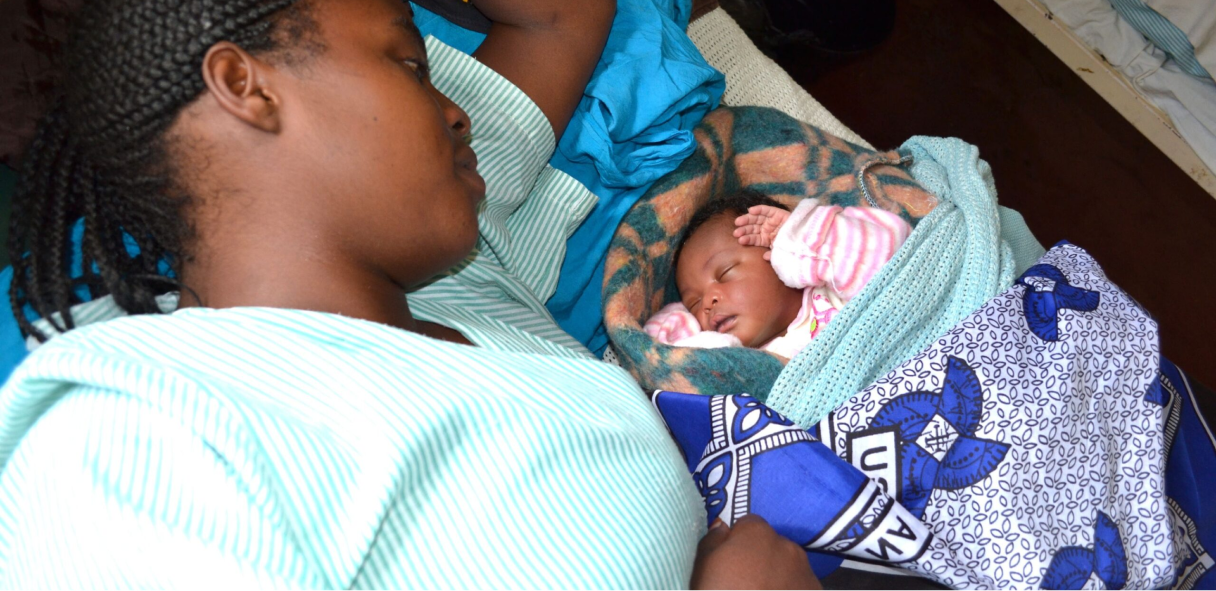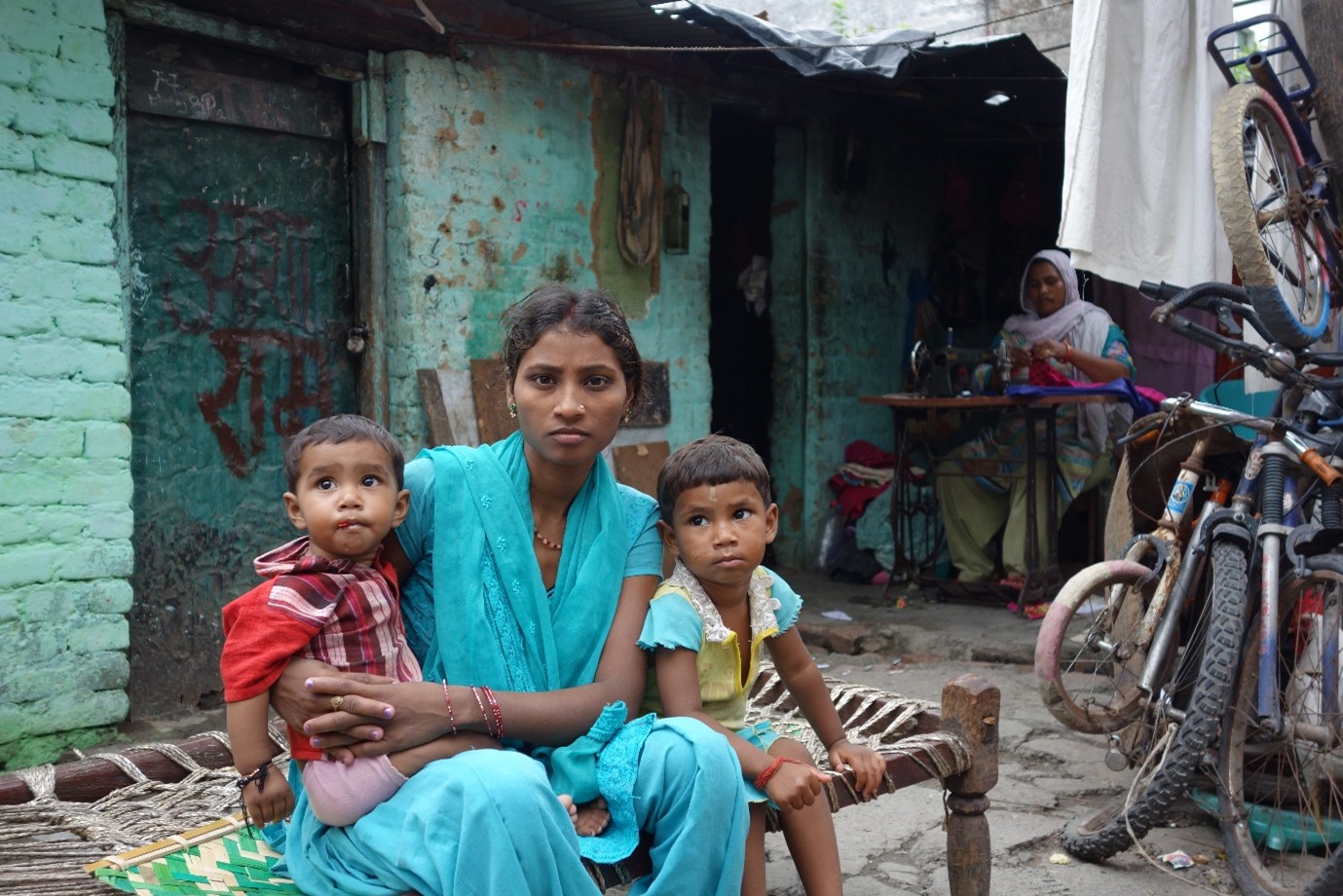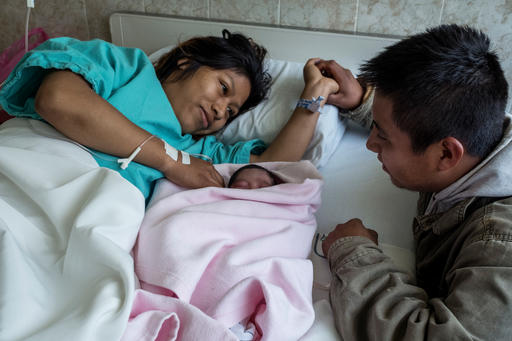Addresses unassisted birth
Self-administration
WHO recommended
Slow uptake
Defined as excessive bleeding after birth, postpartum hemorrhage is the leading cause of maternal death worldwide. However, most cases of postpartum hemorrhage are avoidable with access to appropriate detection, prevention and treatment tools. Nearly all deaths of mothers from severe bleeding after birth occur in low- and middle-income countries, where access to those tools is limited.
Skilled birth attendants are critical in ensuring detection and management of complications during childbirth. Giving birth unassisted can put women at increased risk of death from complications such as postpartum hemorrhage. Many women in low- and middle-income countries do not have assistance when giving birth, which contributes to the disproportionate burden of maternal deaths shouldered by those countries.
Misoprostol is an oral medicine used for preventing postpartum hemorrhage. Because it is heat-stable and comes in tablet form, the World Health Organization recommends it for women delivering outside a health facility. Though the goal is to ensure all women have quality care during childbirth, misoprostol has potential to prevent life-threatening bleeding in women delivering without assistance.
Supplies of misoprostol in many low- and middle-income countries are of varying quality and health care services do not have the tools necessary to quality-screen the pills. Meanwhile, effective implementation models for self-administration are required to help increase uptake of the recommendation. Because misoprostol is also used in medical abortion, women at high risk of postpartum hamorrhage also face policy barriers when accessing misoprostol for self-administration.
We are funding a large-scale demonstration project to inform optimal deployment and scale-up of misoprostol, as part of a package of new and newly recommended postpartum hemorrhage drugs in low- and middle-income countries.




